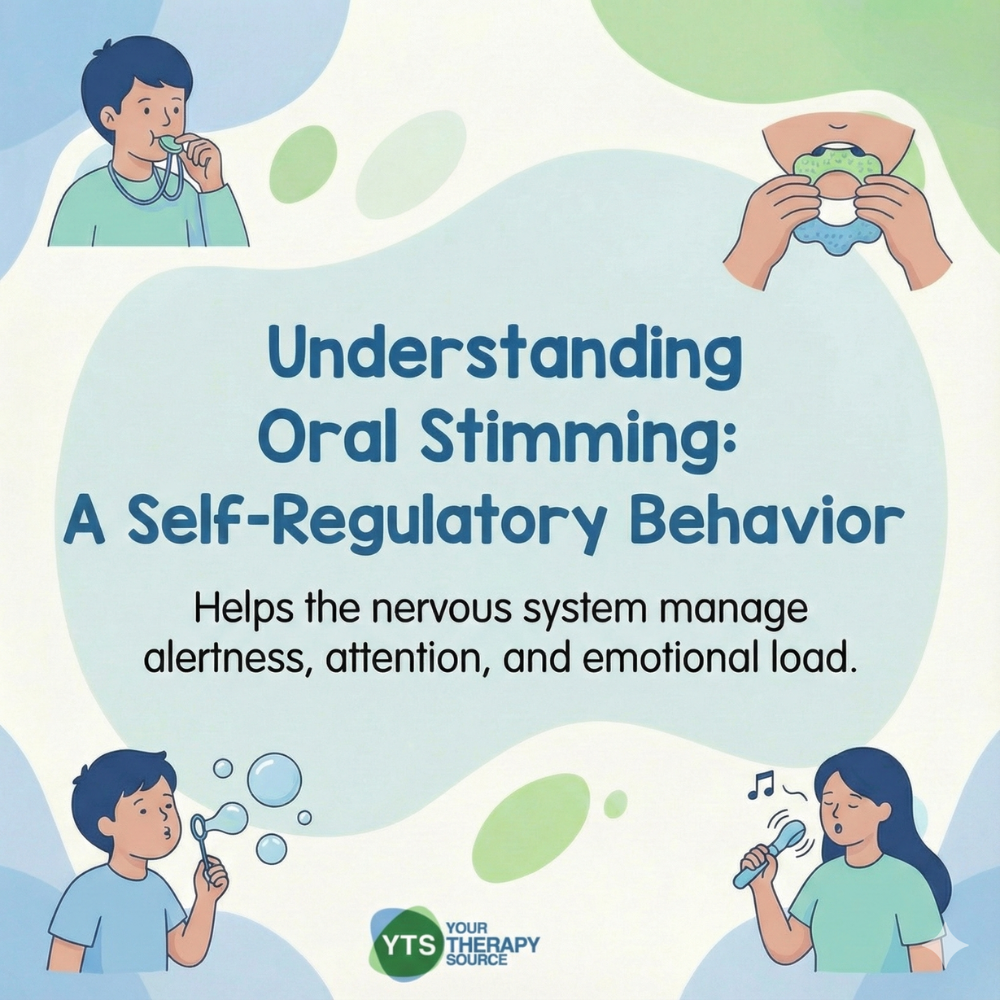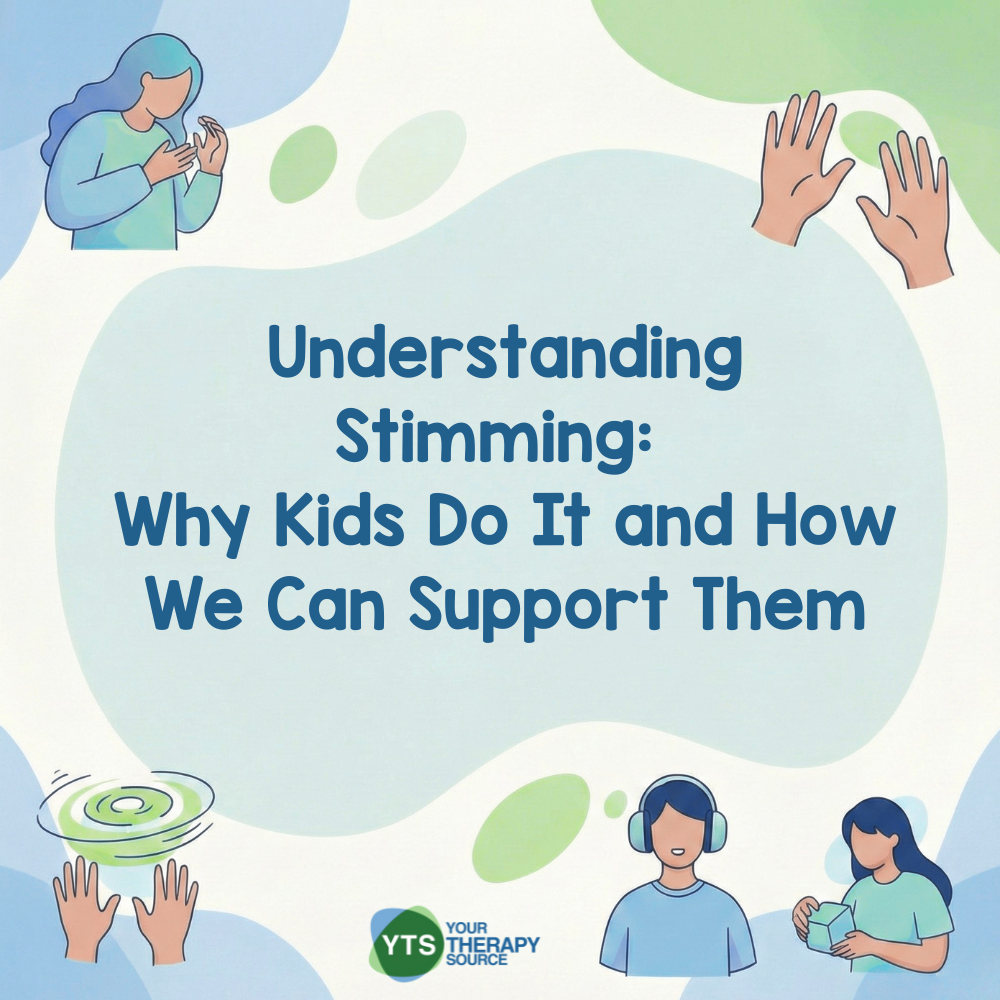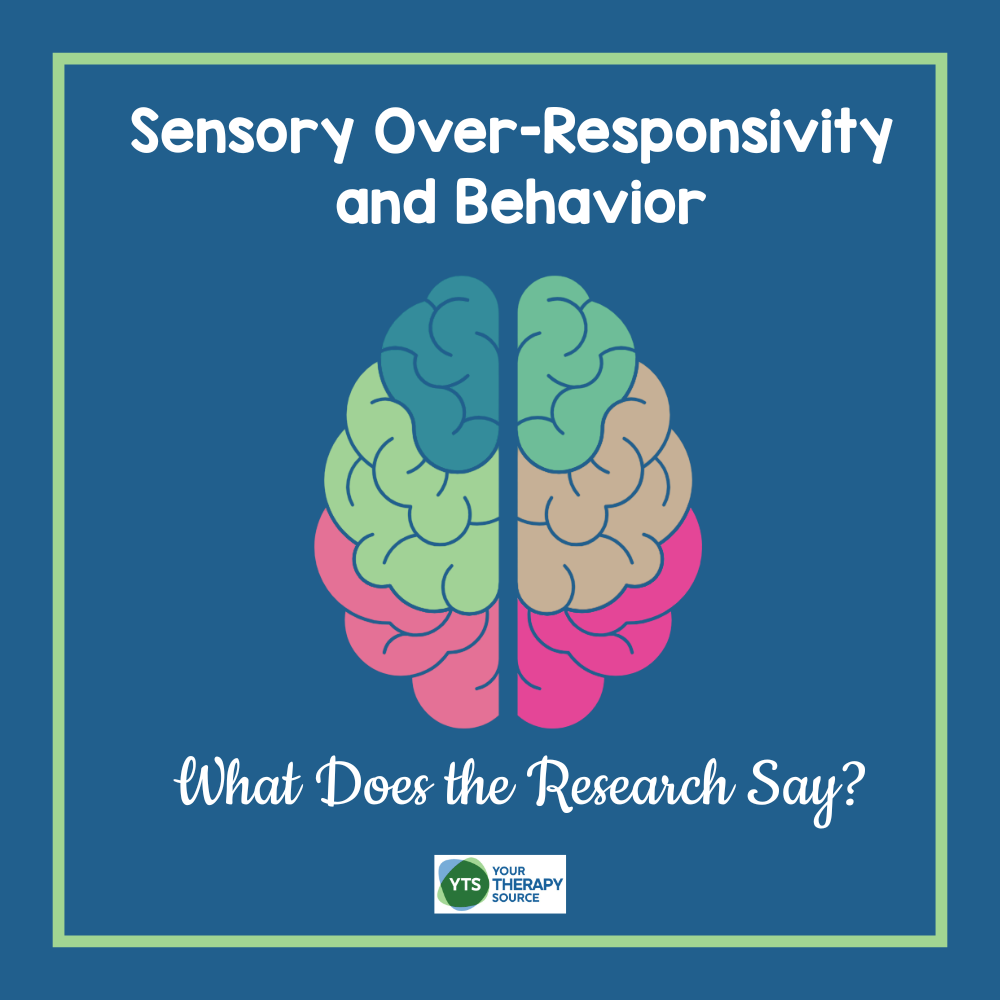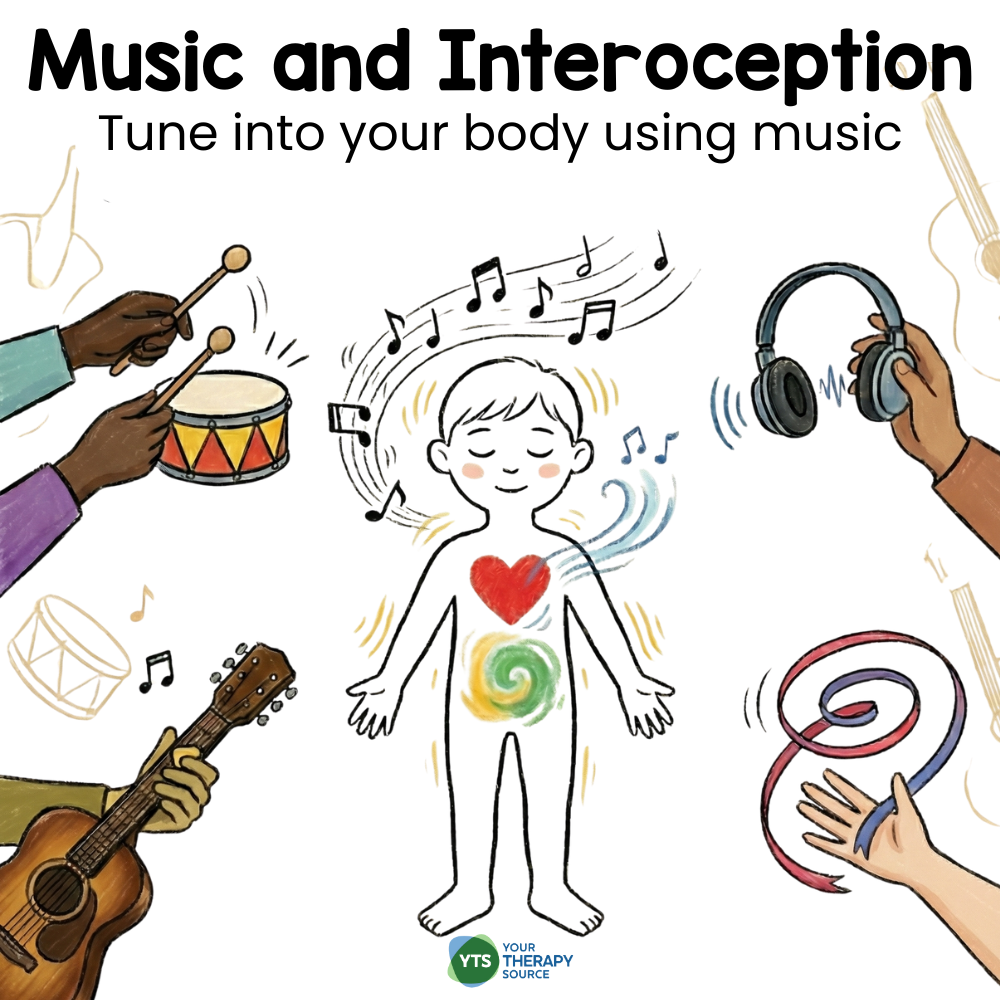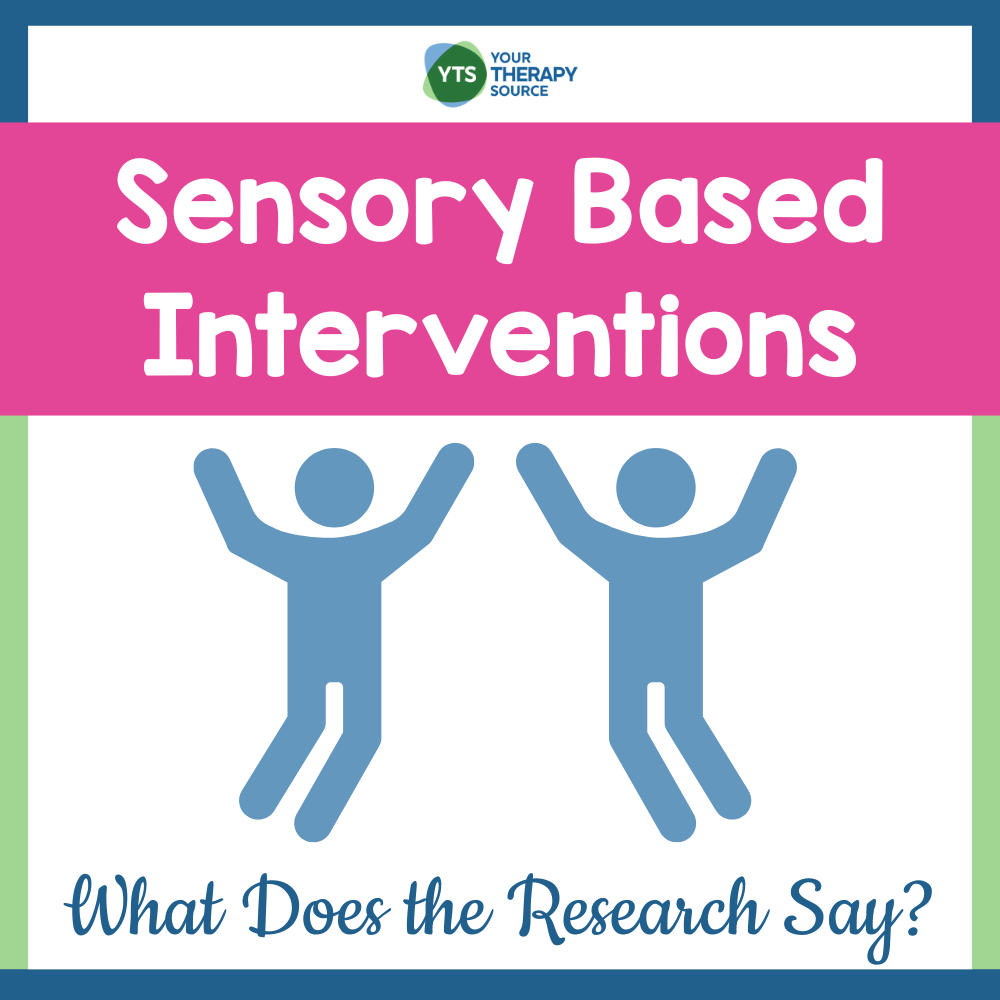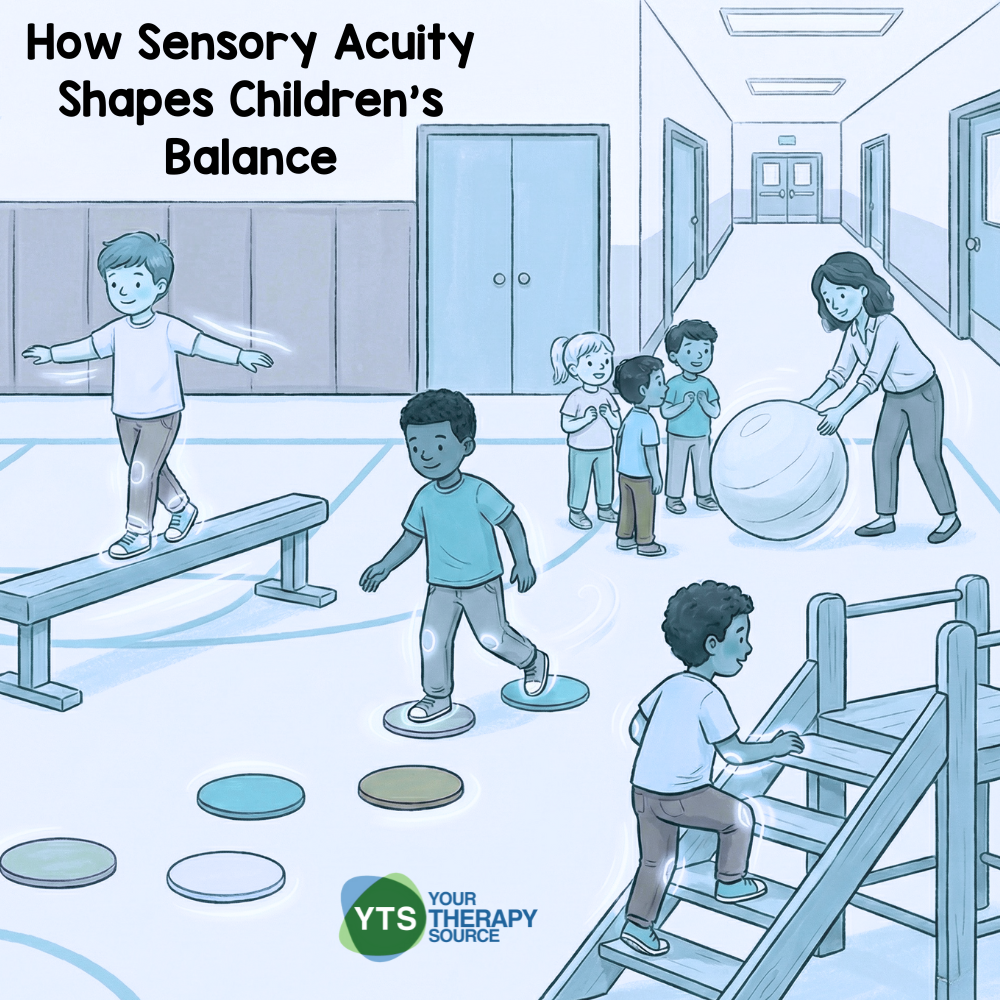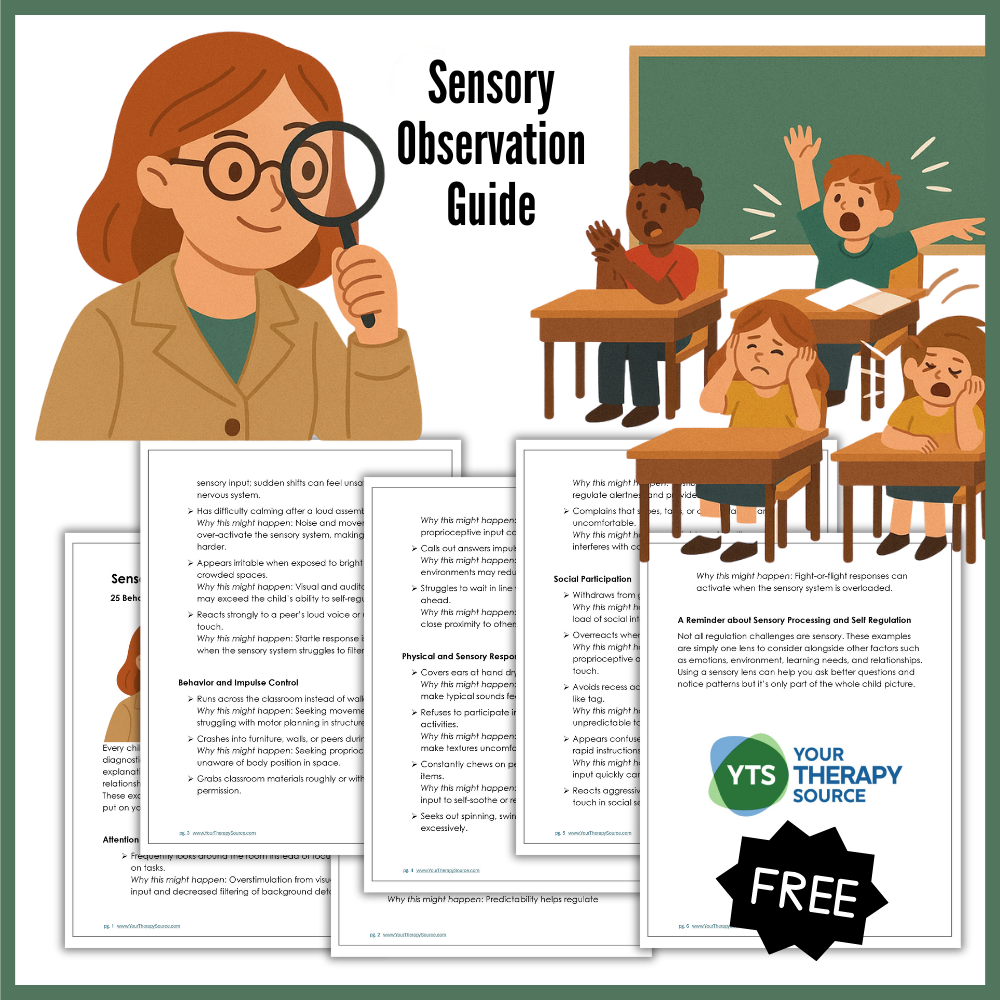Sensory Processing and Learning in Students with Autism or ADHD
Understanding sensory processing and learning is important for educators supporting student participation and academics. Recent research examined whether specific sensory modalities, particularly auditory processing, are associated with reading and mathematics performance in autistic students, students with ADHD, and neurotypical students. These findings offer school-based professionals insight into how environmental factors and individual sensory differences may […]


